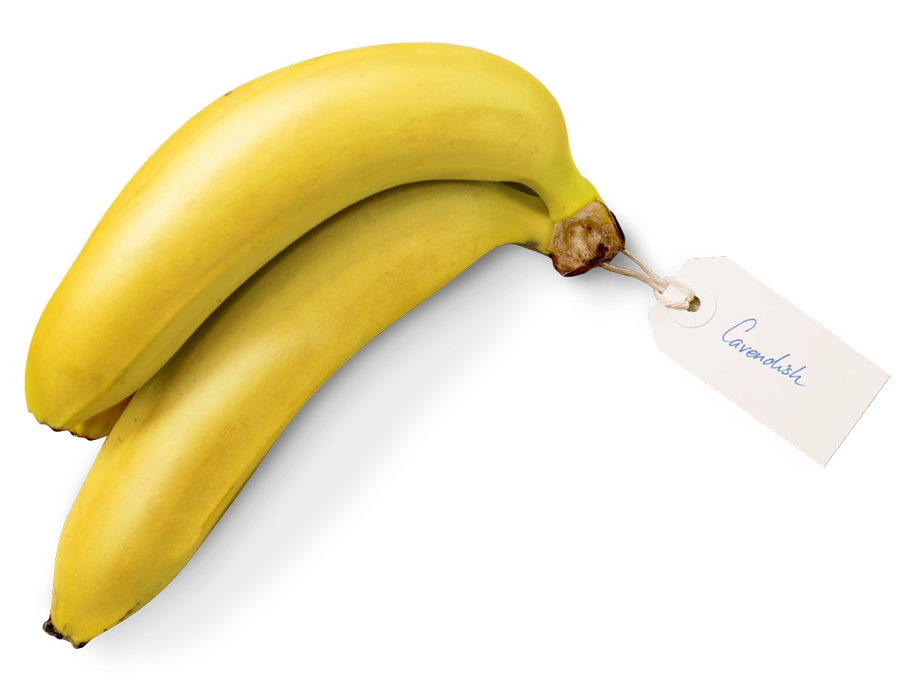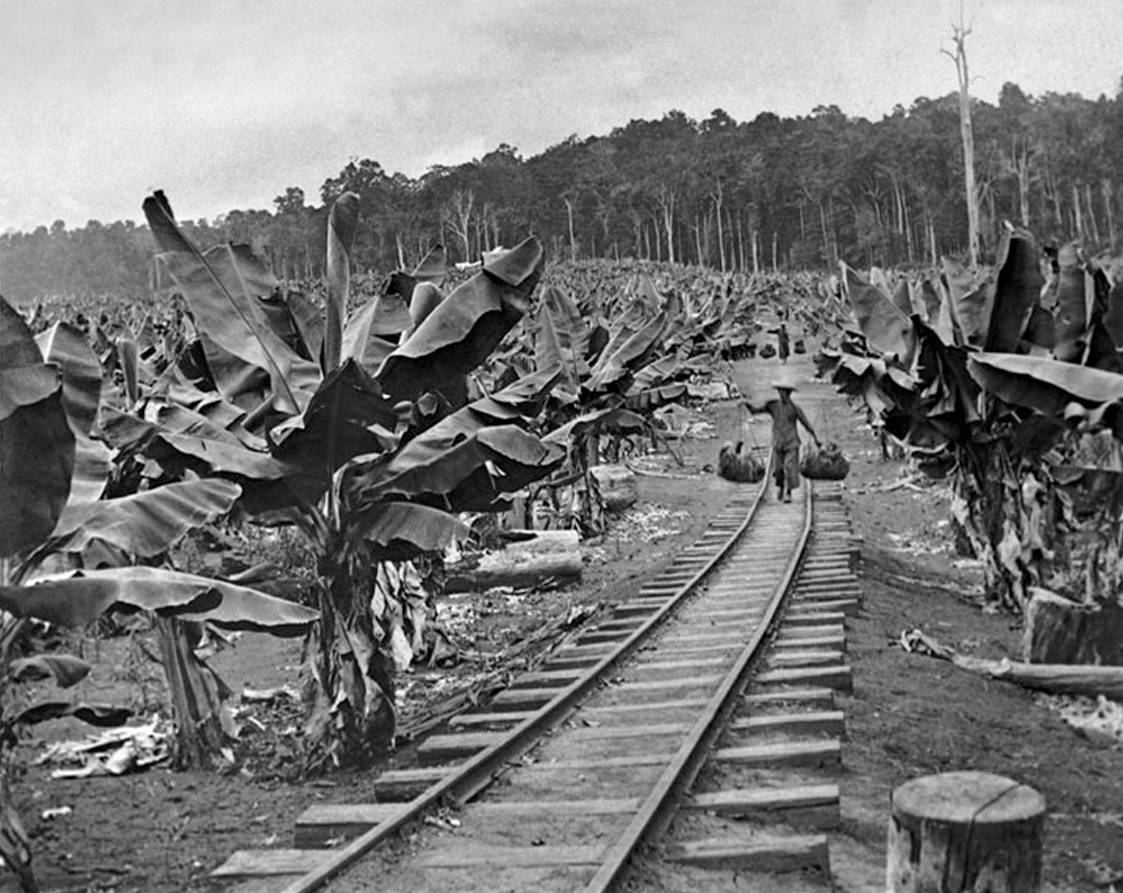How the banana got its name
The original bananas from south-east Asia were small, about as long as an adult’s finger. This led to Arabian traders giving them their name, based on the Arabic word for finger, “banan”. True story!
The first Australian Bananas
We have the Chinese migrant communities to thank for introducing bananas to Australia way back in the mid 1800s. The lucky citizens of Carnarvon in Western Australia were first to taste bananas before the good folk of north Queensland were fortunate enough to experience its delights. It wasn’t until the 1880s, however, that Chinese workers from the goldfields established banana plantations in the Queensland tropics around Cooktown, Port Douglas, Cairns, Innisfail and Tully. In the 1890s, plantations were started in the Coffs Harbour area of New South Wales and around Mullumbimby.

The Cavendish banana
The popular Cavendish variety was named after Englishman William Spencer Cavendish, the 6th Duke of Devonshire. The original Cavendish plants were brought to Mauritius from southern China in about 1826 before being taken to England where they were propagated by the good Duke’s gardener. In the 1840s, plants were taken to Samoa, Tonga and Fiji and eventually, in the 1850s, down under to Australia.
The first Plantations
Traders from Arabia, Persia, India and Indonesia distributed banana suckers around coastal regions of the Indian Ocean (but not Australia) between the 5th and 15th centuries. In the 15th century, Portuguese sailors established plantations in the Canary lslands and between the 16th and 19th centuries, suckers were traded in the Americas and plantations were established in Latin America and the Caribbean. Banana plants first arrived in Australia in the 1800s.
Early banana plantations in Innisfail Queensland 1888.
Our industry today
Today in Australia, bananas are grown in both tropical and subtropical regions. This ensures the industry is diverse in terms of the geographical location of banana farms, farming practices, the size and type of farms that grow bananas, the varieties of bananas grown and their flavour.
Growing regions
The tropical banana-growing regions of northern Queensland, mainly around Tully and Innisfail, produce more than 90% of Australia’s bananas. Other tropical production areas are in the Northern Territory and in northern Western Australia, at Kununurra. Subtropical bananas are grown from just south of Coffs Harbour in northern New South Wales and Bundaberg in southern Queensland, and in Carnarvon in Western Australia. All fresh bananas available in Australia are locally grown. There are no imports due to the threat pests and disease would pose to our local farms.
